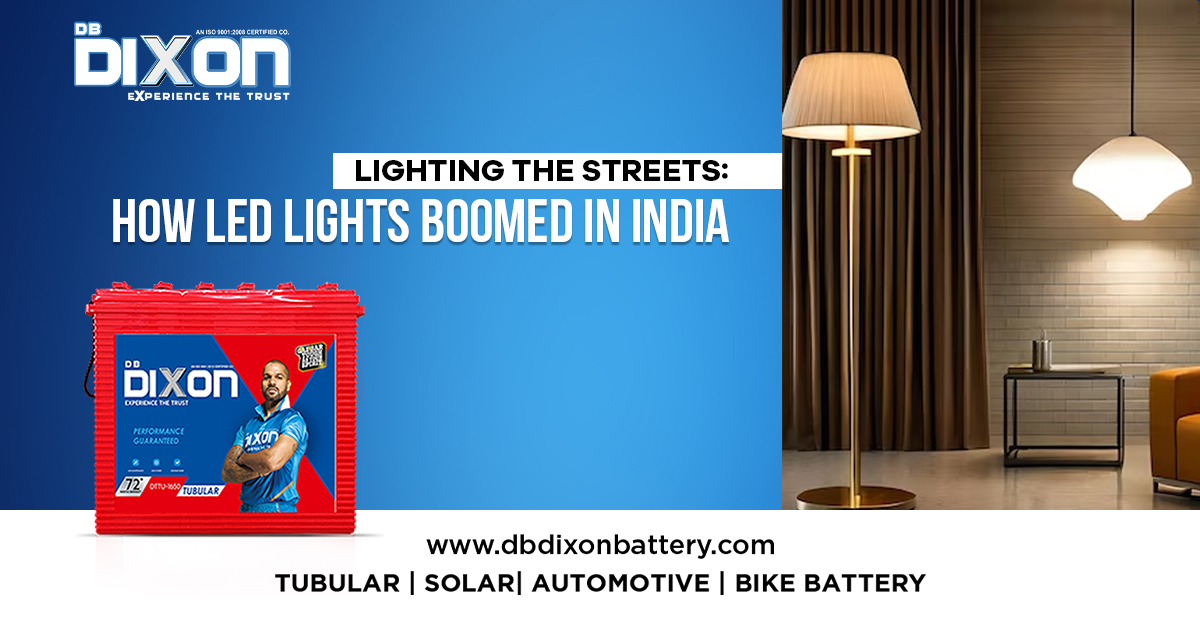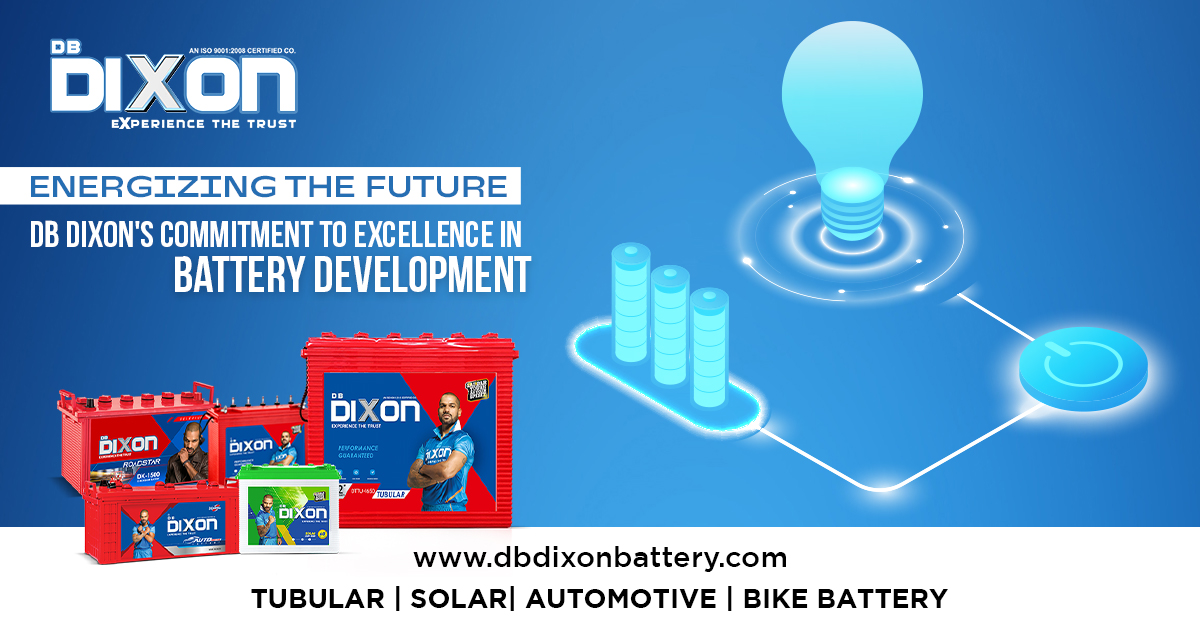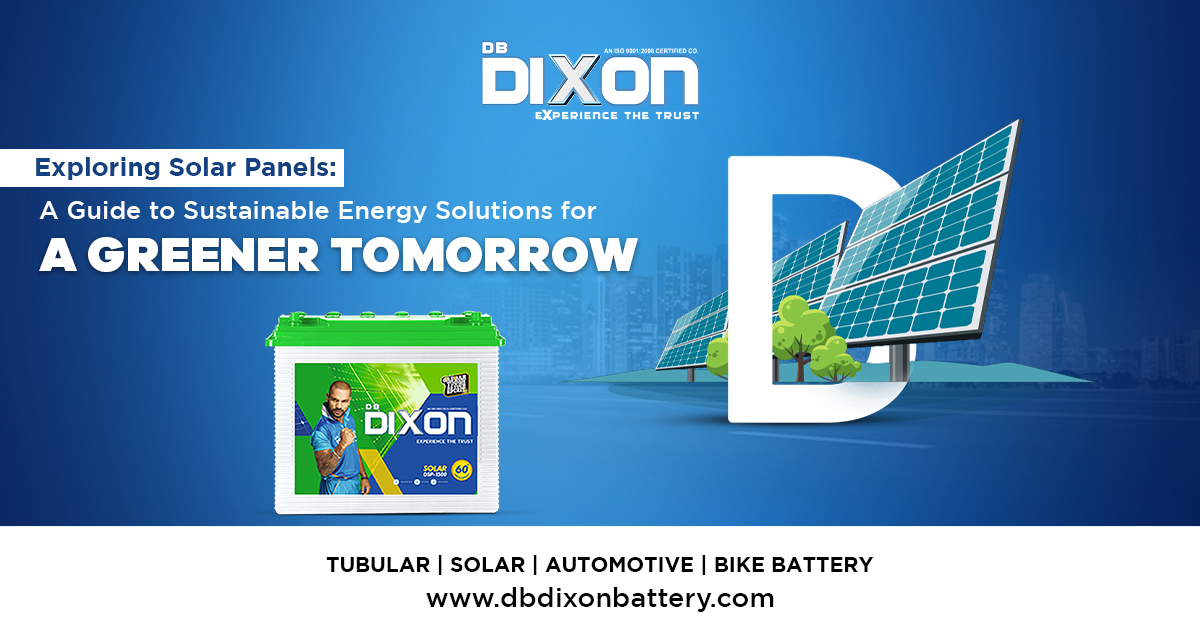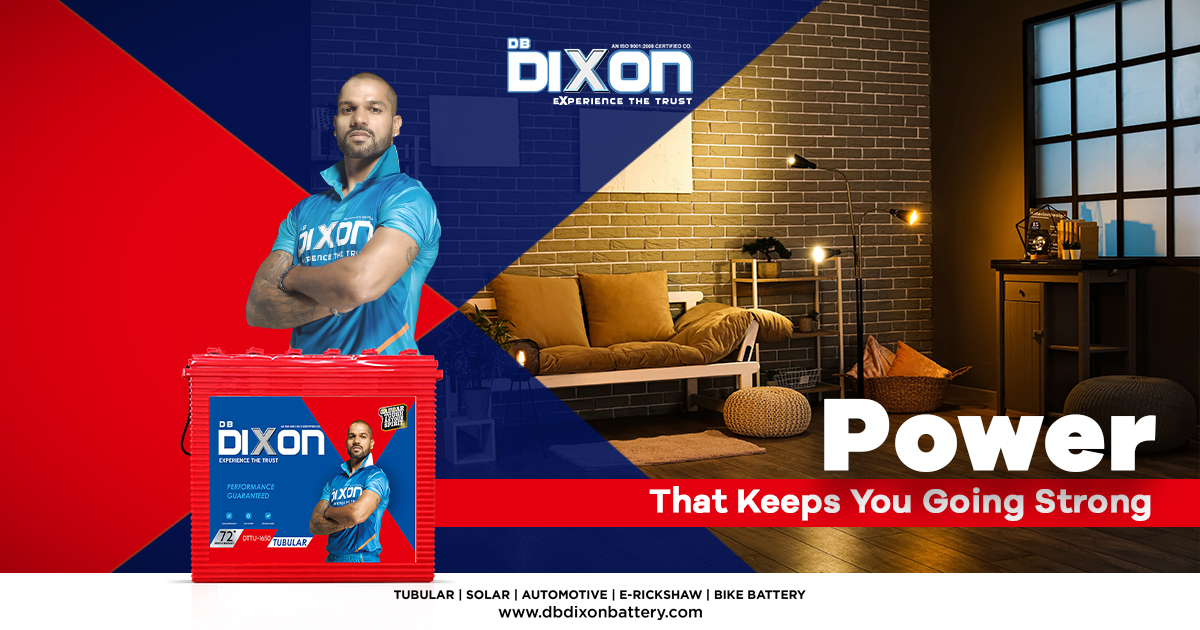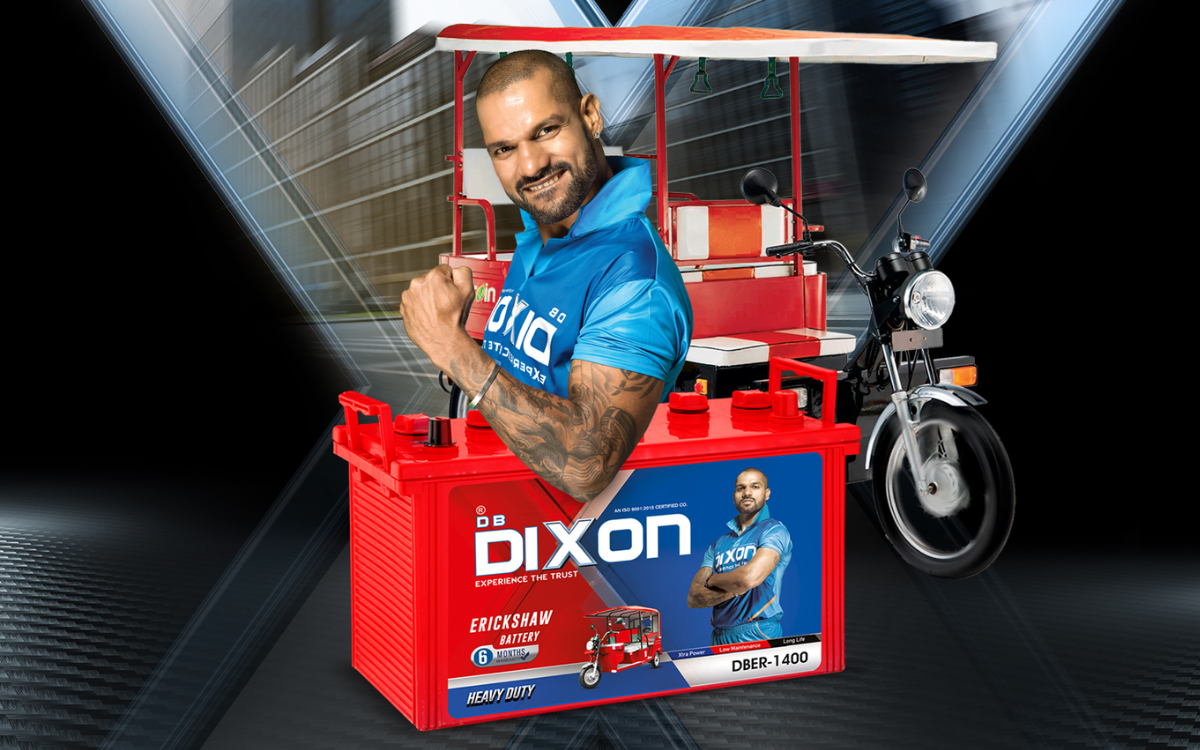Introduction to Indian Market of Lights
The Indian lighting market has undergone a remarkable transformation in recent years, particularly with the widespread adoption of LED lights. This shift has not only revolutionized the way we illuminate our homes and businesses but has also contributed significantly to energy efficiency and sustainability. As one of the leading inverter battery manufacturers, DB Dixon recognizes the pivotal role that LED lights play in modern lighting solutions, powering not just bulbs but also driving the demand for efficient energy storage solutions.
Understanding LED Lights
LED lights, or Light Emitting Diodes, have emerged as the go-to choice for lighting solutions globally. Their energy efficiency, long lifespan, and versatility make them ideal for a wide range of applications, from residential lighting to streetlights and commercial spaces. In India, the adoption of LED lights gained momentum due to various factors that aligned to create a perfect storm for their widespread acceptance and usage.
Boom of LED Lights in India
Earlier the bulb used to come with filaments which are very sensitive to the voltage fluctuations, having a shorter lifespan, making it a non reliable option. LED bulbs overcome those limitations that lead to adoption by the Indian consumers.
The boom of LED lights in India can be traced back to January 2015 when the prime minister of India launched the Unnat Jyoti by Affordable LEDs for All program (UJALA). This program aimed to transition all household lights to LED, marking a significant shift towards energy-efficient lighting solutions.
The key drivers that fueled this boom include:
1. Lower Cost of Ownership: LED lights, despite their initial higher cost, offer significant savings in terms of energy consumption and maintenance costs over their lifespan.
2. Favourable Government Initiatives: Programs like UJALA provided incentives and subsidies to encourage the adoption of LED lights, making them more accessible to the masses.
3. Increased Availability: With a growing market demand, LED lights became more widely available across retail outlets, online platforms, and government distribution channels.
4. Rising Consumer Awareness: Consumers became more aware of the benefits of LED lights, such as energy savings, environmental sustainability, and superior lighting quality.
5. Emerging Middle-Class Population: The rise of the middle-class population in India led to increased spending power and a higher demand for modern, energy-efficient lighting solutions.
Reasons for the Sudden Boom
The sudden boom in LED lights can be attributed to a combination of factors that created a conducive environment for their rapid adoption. The convergence of lower costs, government support, increased availability, heightened consumer awareness, and a growing middle-class population fueled the surge in demand for LED lights across India.
Conclusion
As India continues its journey towards energy efficiency and sustainability, the role of LED lights cannot be overstated. Their widespread adoption not only reduces energy consumption and carbon emissions but also contributes to cost savings and enhanced lighting experiences. DB Dixon, is one of the leading inverter battery manufacturers providing efficient energy storage solutions, driving innovation and progress in the lighting industry.
